It is the most common food intolerance, although not always known. According to the estimates of the Higher Institute of Health, celiacs in the country are in fact about 600 thousand, but only 183 thousand those who know they are, because the symptoms often appear vague and superimposable to those of municipalities gastrointestinal disorders, such as colitis.
The numbers, however, are constantly growing: every year, according to the figures of the Celiac Country Association (Aic), they are 10 thousand new diagnoses in our country. There is currently no cure and the only prescription is to follow one total gluten exclusion diet. «Exceptions are not allowed: this protein, contained in some cereals, must be completely eliminated.
Transgressions are absolutely forbidden, because even the ingestion of small quantities can be harmful ”, warns Dr. Giulia Sturabotti, expert in nutrition, hygiene and preventive medicine in Rome.
A diet for life
Cereals containing gluten, and therefore off limits for celiacs, are wheat, spelled, barley, rye and oats. «The indication to ban them from one's diet must be followed for life, because this intolerance on an autoimmune basis is an irreversible condition.
No, therefore, to foods like bread, pasta and biscuits, but also to "unsuspected" foods, in which gluten is used as an additive, for example soy sauce, some bouillon cubes, ready meals such as certain frozen foods, meat preparations and even different sausages.
To be sure there is no gluten, it is imperative to check the ingredients in label. The law also requires companies to report any risk of accidental contamination in manufacturing processes.
This can happen, for example, where, together with the rice, the 00 cup flour. Thus, if the wording “produced in a plant that also uses gluten” or “may contain traces of gluten” on the casing, it should be avoided », explains Dr. Cinzia Longobucco, a nutritional biologist in Bari.
Alternative sources
The risk, eliminating so many cereals from the diet, is that the carbohydrate intake becomes insufficient. «The daily diet must contain 60% of them, so it is essential to consume the allowed cereals in the right quantities.
There is no shortage of options: in addition to rice, you can buy, for example, pasta and biscuits from but, buckwheat with which to prepare polenta, amaranth or millet which are well suited to the creation of couscous. As for bread or breakfast foods, such as biscuits, there is a wide variety of substitute products on the market.
The list of those authorized is present on the website of the Ministry of Health and you recognize them because they are marked with brand with the barred ear. The best are made with organic raw materials and, above all, with as few ingredients as possible.
Be careful, then: gluten has agglomerating properties and it happens that it is replaced with poor fats or thickeners. Then aim for foods that contain only extra virgin olive oil (or, at most, sunflower oil or butter) and free of additives, indicated with the full name (such as alginic acid) or with the letter E followed by a number, for example E400 », recommends Dr. Longobucco.
Those little useful attentions
Even in the home the risk of cross-contamination is lurking and it is therefore necessary to take some precautions. «In addition to washing your hands before handling food, thoroughly clean pots, utensils and support surfaces that you used for preparations with gluten.
Then, do not mix the soup with the same spoon used to turn spelled, do not fry gluten-free products in the oil in which you have cooked "normal" foods and do not add the water from the pasta to the risotto.
It is useless, however, to use different sponges for washing dishes: running water is sufficient to eliminate any residue. Finally, in the oven, you can cook gluten-free and gluten-free foods at the same time: however, you must place them on two different shelves and put the gluten-free dishes higher up, in order to avoid dangerous dripping », Sturabotti advises.
In the restaurant, on the other hand, several places offer gluten-free dishes cooked with due attention (you can also find a "safe" list on the website The law also requires all possible allergens used to be listed on the menu, or in a visible position to the customer. Finally, always pay attention to the composition of the drugs.
Do you need supplements?
"Who respects the diet there is no need to resort to supplements: the elimination of gluten makes the celiac a perfectly healthy person and, therefore, free from deficiencies.
However, it is common in the early stages after diagnosis a state of malnutrition: the intestinal villi flattened by gluten need time to return to function properly and allow the correct absorption of all nutrients.
In this case, once the diet is started, the doctor can prescribe specific supplements of vitamins and, above all, of iron, to compensate for the deficit ”, explains Dr. Sturabotti.
Not to get too fat
Celiac disease, in its typical presentation, manifests itself among other things with excessive thinness due to malabsorption, even if an authoritative Irish study a few years ago, published in the American Journal of Gastroenterology, showed that at the time of diagnosis only 5% of people have a really worrying condition of underweight.
In 80% of patients, however, after a short time from the beginning of the gluten-free diet there is a noticeable weight gain (+3/6 kg already after the first months). Why? «First of all because the intestinal villi grow back, so the body begins to absorb nutrients correctly.
The celiac, then, like healthy people, gets fat if he consumes many industrial foods, which often happens when you have to follow a gluten-free diet and, for convenience, you only use ready-made products instead of alternating them with naturally gluten-free foods.
Finally, there are also psychological reasons: if before the diagnosis people are sick and tend to eliminate many dishes, especially the most elaborate ones, in search of a solution to their ailments, with the gluten-free diet the celiac eats more and experiences the "allowed" variants of many recipes from which before, by instinct, he stayed away.
And to compensate for not being able to eat certain foods, he "gratifies" himself by exceeding Calories: obviously an attitude to be avoided », concludes Dr. Sturabotti.
At what point is the research
There are currently no treatments for celiac disease, but research is continuing on several fronts: «A Vaccine desensitizer to reduce the immune response activated by gluten intake », explains Dr. Giulia Sturabotti.
«In the United States, then, Professor Alessio Fasano, one of the world's leading celiac disease experts (see his latest book with Susy Flaherty, Gluten free. Celiac disease is not cured, managed, Mondadori, € 20), is testing the effectiveness of a anti-zonulin drug: the latter is a protein that has the ability to modify the permeability of the intestinal walls and which in celiacs is particularly high.
In addition, experiments are underway to degrade the gliadin, which is the most toxic fraction of gluten, with enzymes that allow its digestion. But it is still too early to talk about a definitive solution and, at the moment, the only indication for celiacs remains the strict adherence to the agglutinate diet».
Doctor Cinzia Longobucco has created a typical menu, able to guarantee one celiac person all the nutrients necessary for the health of the body without the risk of taking gluten.
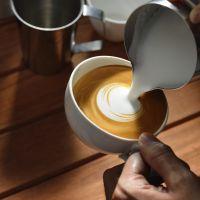
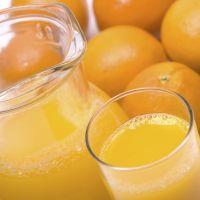
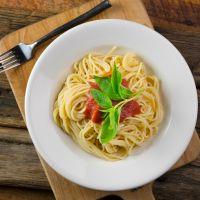
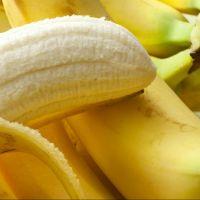
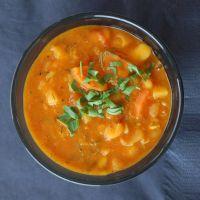
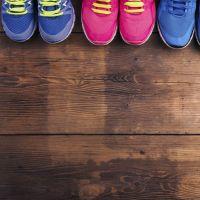

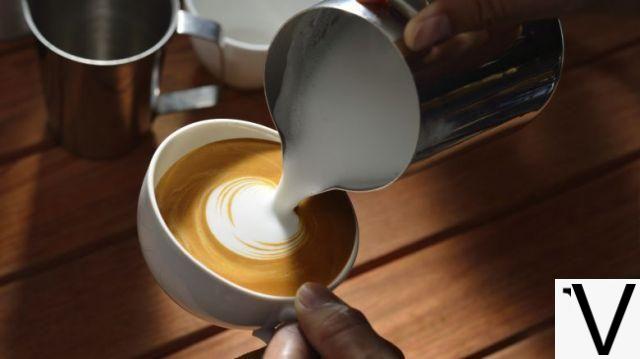
1 Breakfast
2 rice cakes with gluten-free jam + 1 cup of caffelatte unsweetened
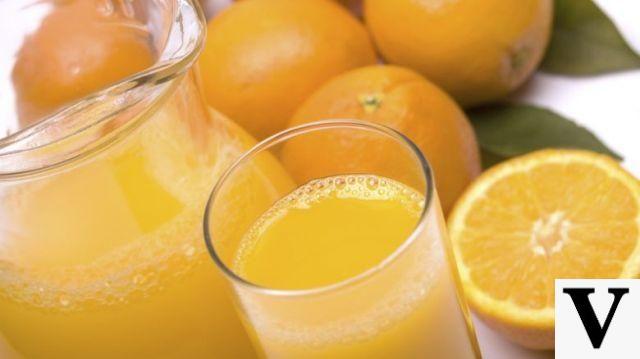
2 Snack
Juice of citrus fruits
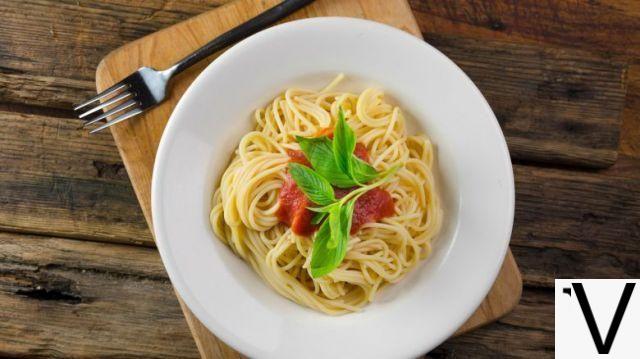
3 Lunch
pasta in mais with fresh tomato and basil + 1 breast of grilled chicken + 1 plate of mixed salad + fruit salad
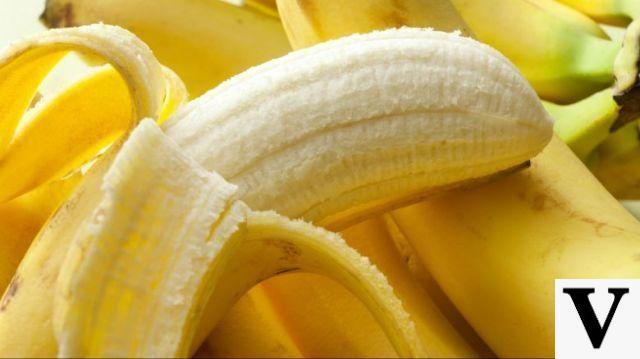
4 Snack
Smoothie of banana
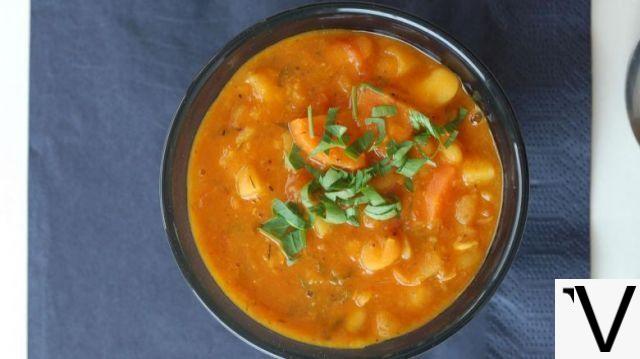
5 Dinner
1 plate of legume and amaranth soup + 1 soft-boiled egg + 1 plate of chicory sautéed in a pan + 1 organic apple with peel
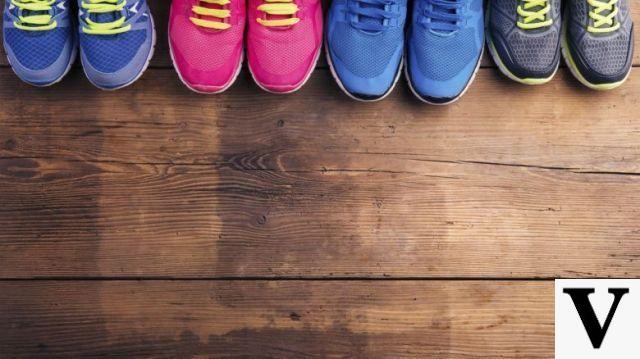
Tips for sports enthusiasts
Celiacs can achieve the same performance as non-celiac athletes: the stories of the tennis champion testify to this Novak Djokovic or the former blue of rugby Martin Castrogiovanni. «As for all athletes, however, you need a correct supply of nutrients to get the right amount of energy.
La breakfast must be complete: a coffee and a biscuit are not enough, but milk, which provides calcium and lipids, and an adequate quantity of carbohydrates, for example 3-4 rusks with gluten-free jam », suggests the doctor
Cinzia Longobucco.
"Then,before playing sports, you need to stock up on ready-to-use "fuel": therefore you need to consume other carbohydrates, especially in the case of aerobic effort. Between cereals corn is very useful, a real concentrate of energy, to be seasoned with seasonal vegetables sautéed, like spinach and broccoli, rich in minerals such as magnesium and potassium.
At dinner, for strengthen lean mass stressed by exercise, you need the protein, which - as we know - represent the "building blocks" of muscles: if you opt for oily fish, you are also assured of many essential fatty acids Omega 3, with anti-inflammatory properties, particularly useful after exertion ».
It must then always be considered that thea celiac disease impairs the absorption of nutrients, especially when the disease has recently been diagnosed and the chorionic villi are therefore still under stress.
«It is therefore necessary to fill the deficit. In particular, the shortage of vitamin D and the consequent malabsorption of calcium, present in about 15% of celiacs, can expose athletes to a greater risk of fractures.
And since many patients newly diagnosed with celiac disease are temporarily also intolerant to lactose (the disease, by damaging the villi, destroys lactase, that is the enzyme that degrades lactose) and must therefore avoid milk and derivatives, for bone health you need foods like orange juice, green leafy vegetables and oily fish, which they contain calcium and vitamin D», Concludes the expert.


























